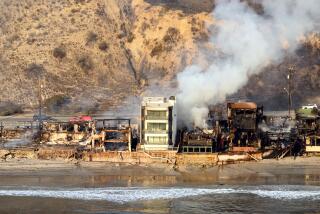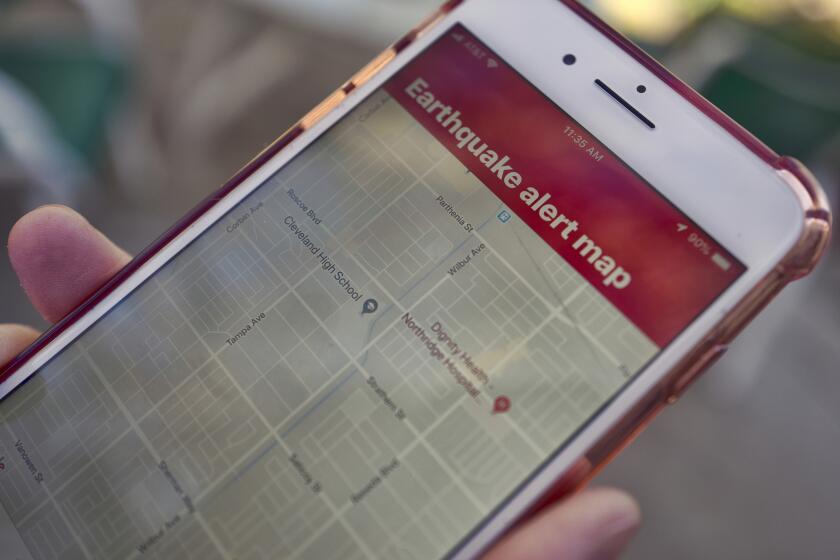Strong Building Codes, Strong Enforcement : Seismic panel highlights the lessons of Northridge quake
- Share via
If a massive earthquake decimated Southern California hospitals and health care facilities, we could be relatively certain of one thing: One of the biggest military airlifts in peacetime history would be launched to deliver supplies and emergency personnel. But the reassurance in that thought extends only so far. There is no way to know where the nearest usable airfield would be and no way to gauge how long it would take to get the aid to the victims.
That’s why few buildings here receive more attention than hospitals when it comes to construction. Their ability to withstand natural disasters is critical in preventing deaths from otherwise survivable injuries. Perhaps that also is why the hospitals form such a compelling backdrop for the conclusions of the newly released “California Seismic Safety Commission Report: 1994 Northridge Earthquake, Turning Loss to Gain.” The message is simple--if you build it right, it won’t come down.
After the 1971 Sylmar earthquake laid waste to several health care facilities, tougher building codes were put on the books. More important, they were observed by builders. The results are reflected in a revealing contrast: Of 51 pre-Sylmar health care buildings, more than 60% sustained major non-structural damage in the Northridge quake; more than one of every four later was declared unsafe to use; one-third had to be restricted to limited use. However, of 31 post-Sylmar buildings, fewer than 23% had major damage, none were declared unsafe and the use of just one had to be restricted.
It would be financially impossible to bring all major buildings up to the standards demanded for hospitals. That of course is not what we call for. Our point is that adequate building codes and adherence to those codes are absolutely essential.
The biggest lesson from Northridge was that buildings would have sustained far less damage had they actually been built to existing codes. The problem extends from faulty architectural plans to leniency in approving projects that should be sent back to the drawing board. It continues with shoddy and incomplete inspections during and after construction. It is maintained through too much emphasis on the short-term savings generated by loosening specifications and too little recognition of the fact that a cheaper building that is knocked down by a quake is certainly no bargain.
Small wonder the commission considered the following recommendations: put responsibilities for design, plans, quality assurance and inspections in the hands of one professional, not several; study whether licensing boards aggressively enforce requirements; ensure that state and local building departments reject incomplete construction plans; consider continuing education and re-certifications for inspectors and engineers.
Already, the Los Angeles City Council is making adjustments to certain building code requirements and making permanent other emergency standards put in place after the Northridge quake. Now, for example, it will take a lot more money and effort to build a hillside home and to anchor the walls on so-called “tilt-up” construction. But until such measures are enforced, they won’t be any more stabilizing than the paper on which they are printed.
More to Read
Sign up for Essential California
The most important California stories and recommendations in your inbox every morning.
You may occasionally receive promotional content from the Los Angeles Times.










